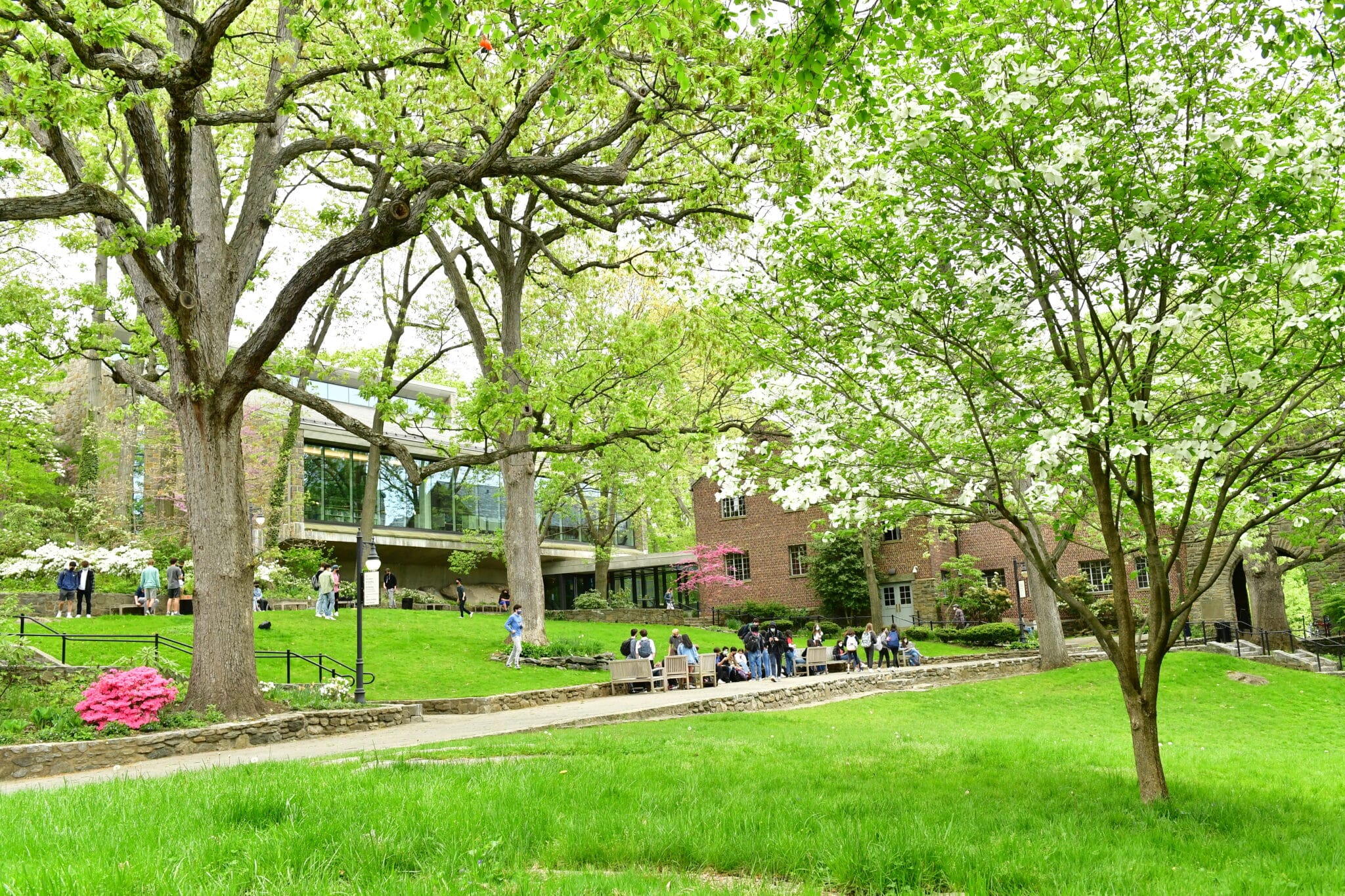Marian Brickner ’54 is a celebrated wildlife photographer. She has published more than 60 books, had her work featured in “National Geographic Kids,” and been recognized as one of the leading photographers of bonobos apes. We caught up with her to learn more about her time at the Ethical Culture Fieldston School and how a conversation in Pre-K ethics class sparked a lifelong commitment to approaching the world with curiosity and understanding.
What brought you to ECFS?
When my grandmother heard Felix Adler speak, she became a serious believer in his work and wanted to help the Ethical Society grow, so we’ve been connected to the Society since 1890. My mother and all of her siblings attended what was then the Working Man’s School, and I started at Fieldston Lower in Pre-K in 1941. I loved the School and wanted to take it all in.


Were there any teachers (or classes) who made an especially big impact on you?
I had Florence Porter as a teacher in 5th and 6th Grades, and she made a big impact on everyone in our class. She always pushed us with the belief that “you can do this.” She wasn’t the easiest teacher but she taught us how to approach problems and understand what you have to do to modify your approach if the result isn’t what you wanted. She was truly a force of nature for us, and my class still talks about her whenever we get together, more than 50 years later.
How did the ethical education at ECFS impact you?
Our ethics classes started early. When I was in Pre-K, we were sitting in a circle on the floor as we read ”The Three Little Pigs.” After the story ended, we all had a lot of questions and we discussed it as a class. Why did the pigs leave home? Why did one of them use bricks? As we talked, our teacher asked us, “If new information came your way about the pig who used bricks, do you think you would be able to change your view?” That’s when she told us that one of the pigs had gone to brick school — but the others didn’t. We discussed as a group whether that new information changed our thoughts about that pig and our perception of the story.
Even today, this is the same issue that everyone has to deal with: if new information came your way, would it change your viewpoint? This was my training and I took it extremely seriously. Since then, I’ve questioned where I get my information, examined what other factors there are, and interrogated how I can change my response as I learn new details about a situation.
After graduating from ECFS, what was your path into your current work?
I went to SUNY Potsdam, started a family, and worked as a substitute teacher. As I was doing that, I learned about the relatively unknown, endangered bonobos ape and immediately felt like I had to do something. I shifted my focus to wildlife photography, eventually landing jobs at newspapers and magazines and having my photography on covers of books.
There are only seven zoos in the country that house bonobos families and, after doing a tremendous amount of research and getting the studbook for bonobos, I located a baby bonobo at the Jacksonville Zoo. I started following the baby, Lucy, as she grew up with her sister, Lexi. I’d spend all day outside her enclosure, taking photos of her interacting with Lexi as she grew — even capturing a photo of Lexi flossing her teeth. Lucy eventually moved to France where she had a baby. I was able to travel to France to document her and her baby — it was a full circle moment that allowed me to finish the story of Lucy growing up.

How have you used your wildlife photography to bring about change?
It all comes back to that ethics lesson in Pre-K at Fieldston Lower — how to be ready to change your viewpoint by learning new information. The catalyst for me was hearing about people being killed all over the world, and wanting to showcase the lives and identities of all living creatures — human and animal alike. This led to me photographing animals in a certain frame of mind, that each one is an individual with a life. I wanted to create an infinitesimal perception shift in people, where they could see that a grasshopper was just a grasshopper, and a person is just a person.

